Negative FaceSpace: Exploring The Uncanny Valley
Gary Hill
“The doll was so utterly devoid of imagination that what we imagined for it was inexhaustible.......they let themselves be dreamed.” (Rainer Maria Rilke)
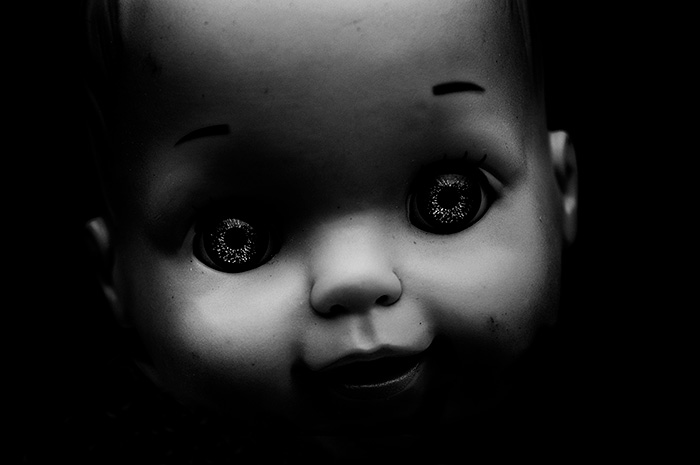
The phrase 'uncanny valley' originated in 1970 with the Japanese roboticist Masahiro Mori in a short paper in the little known Japanese journal whose title translates as ‘Energy’. It concerns the relationship between the degree to which an object’s appearance mimics a live human being and the perceiver's psychological and emotional response toward it. Mori observed that as prosthetic devices, such as artificial hands, became more natural looking there was sometimes a distinct psychological difference between the responses of people simply looking at the prosthetic compared to actually touching the hand. In some people, touching the hand elicited strong and involuntary feelings of revulsion, creepiness, unease and even fear.
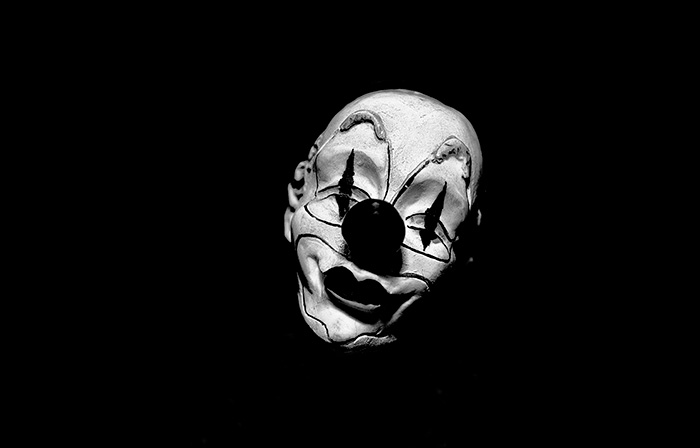
Similarly, as his robots were designed to have more human-like facial features they started to evoke the same negative emotions in some people. One example he gives is of a robot with 29 pairs of artificial muscles in its face. This is an identical number to a human being and was designed to enable the robot to mimic a human smile. However, when the robot was programmed to smile at half the natural speed of a human, viewers tended to perceive its expression as disturbing and creepy, rather than happy. Importantly, Mori further noticed that the shift from feeling comfortable with a close to human-like entity to feeling a profound sense of unease did not occur gradually but suddenly. It is as if any sense of affinity an observer felt toward a robot or puppet quickly plummeted the closer the object was perceived as human-like, and one “could easily tumble down into the uncanny valley” as he put it.
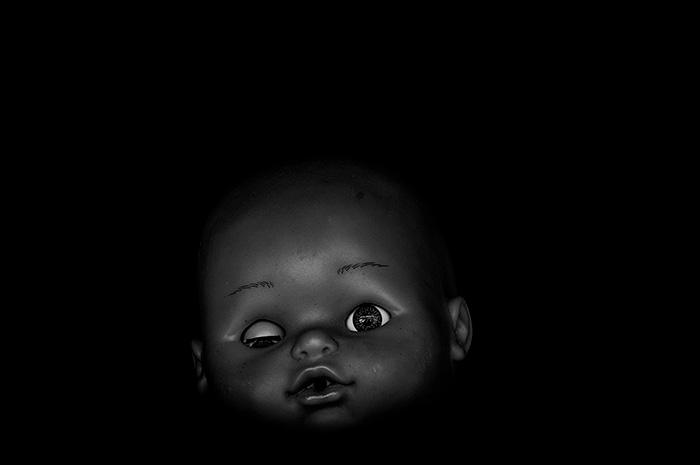
Actually, in his paper, Mori used the phrase ‘bukimi no tani genshō’, or 'valley of eeriness' (‘strangeness’ would also be a reasonable translation). Initially, at least, his paper garnered very little attention. However, eight years later Mori’s phrase was referenced in the book ‘Robots: Fact, Fiction, and Prediction’ by the Polish-British art critic Jasia Reichardt. She translated Mori’s term as 'uncanny valley'. The term ‘uncanny’ was especially apt as the term had been used by Freud in his 1919 essay discussing the notion of the uncanny on human psychology and aesthetics. In 2012 an official English translation of Mori’s original article appeared in the journal ‘IEEE Robotics & Automation’ and also used ‘uncanny valley’. Hence, in the English language, this is the phrase that has stuck, and secured a place for the concept both in robotics and in aesthetics generally.
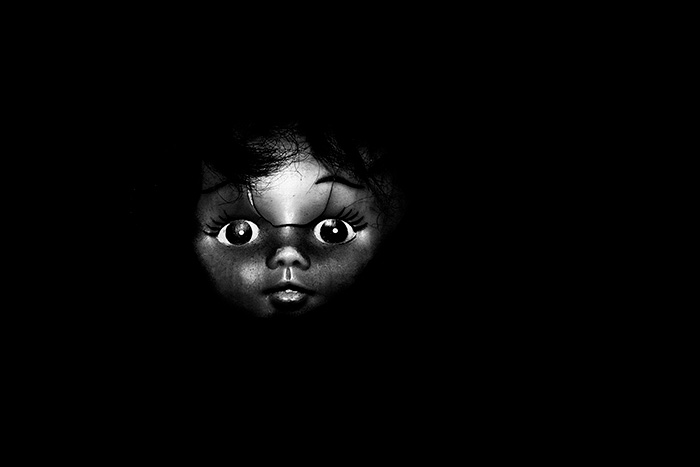
Modern clinical psychology employs the more formal term automatonophobia to describe more serious presentations of a fear of humanoid-looking faces or figures. Psychological and physical symptoms include agitation, restlessness, tachycardia, nausea, sweating, dizziness and disorientation and even full blown anxiety attacks. Three subsets of automonophobia particularly interest me. One is maskophobia, the fear of masks; the fear of dolls, known as pediophobia (not to be confused with pedophobia, the fear of infants or children) and the fear of puppets (pupaphobia). All of these were first described in the 19th century, at a time when innovations in toy-making were gaining ground, such as using human hair, eyes that opened and closed, and faces depicting a wider variety of emotional states, thus blurring the psychological and aesthetic barriers between human and humanoid. No longer were dolls, masks and puppets guaranteed to be psychologically safe abstract renditions of humans. They started to also be perceived as cold and ‘soulless’. The edge of the uncanny valley had been reached.
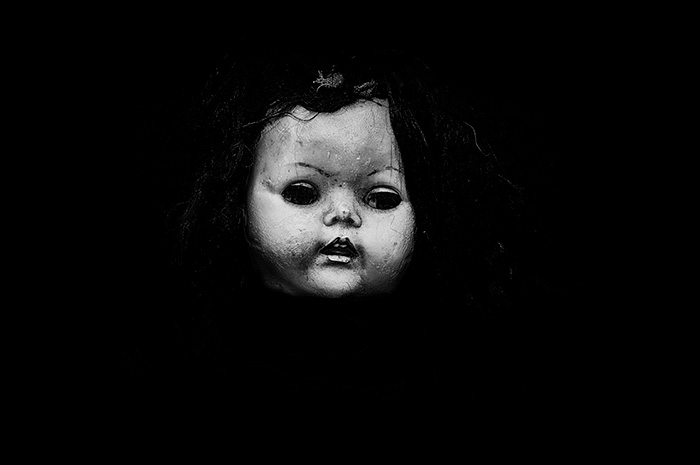
The phenomenon has also been explored with experimental psychology. Results suggest that the valley (some researchers have characterised the effect as a ‘wall’ or ‘cliff’) is reached whenever physical characteristics are unexpectedly grouped together. Robots with ‘robot’ voices, for example, are perceived as benign, but robots with human voices readily elicit the effect. It is universally appreciated that the eyes play a critical role in human emotion. If a gaze is perceived as insincere or somehow inappropriate the results can be unsettling. As expected, the humanoid object’s eyes seem to play a prominent role and the uncanny valley effect seems to be strengthened when humanoid objects lack expression in the upper parts of the face. Other research has investigated the well-established notion of ‘cognitive dissonance’, i.e., the psychological discomfort that is felt when a person becomes aware that they hold conflicting beliefs. In this case, the conflict lies between believing an object is plausibly human and simultaneously not plausibly human. In a 1913 essay, the poet Rainer Maria Rilke had written of dolls:
“Are we not strange creatures, letting ourselves be guided to direct our earliest inclinations to where there is no hope of response?………they experience no decline in their permanent sensuality, into which nothing flows and from which nothing escapes.”
Accordingly, further research has explored the perceived similarity of a humanoid object being close to lifelike and someone that is dead or dying. Children and adults with a tendency to be more attuned to potential threats, such as those suffering with neuroticism and anxiety disorders, appear to have a lower threshold to the uncanny valley. Preliminary fMRI data supports the behavioural studies viewing humanoid objects, demonstrating heightened activity in the amygdala, a brain structure involved in processing emotions, especially fear.
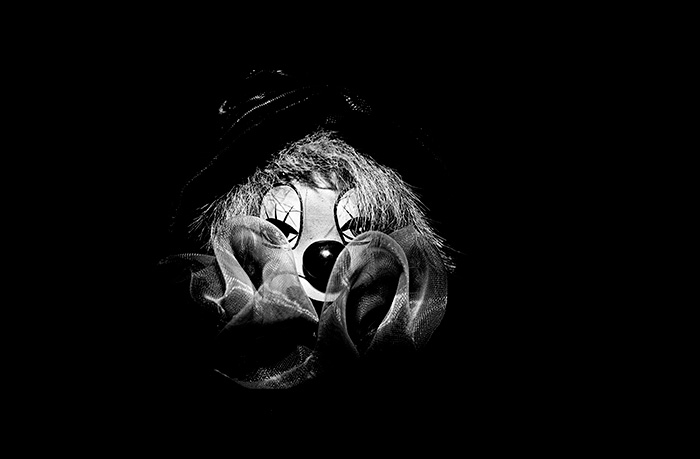
There is also evidence that the uncanny valley effect may be age and culture related and may even become less prevalent in the future. Younger age groups, who generally receive more targeted exposure to robotics and CGI effects, appear have a higher threshold and as they grow older their own children, with even more exposure, should similarly demonstrate higher thresholds. Ironically, one study has also shown that contemporary Japanese adults are less prone to the effect than Dutch adults. Another reason to consider the effect may be on the wane is the seemingly inevitable growth of transhumanist technology, particularly in molecular genetics and bioelectronics. Humans may merge so effectively with machines that the very notion of an uncanny valley may end up as an antiquated concept.
Nevertheless, in our times the uncanny valley does appear to be real. There is, however, one interesting study suggesting that other primate species do not display any such effect at all; indeed, they tend to be inquisitive to morphed versions of their own species. And so in this on-going project, I attempt to meld psychological science and visual aesthetics via photography to explore this possibly distinctly human phenomenon.
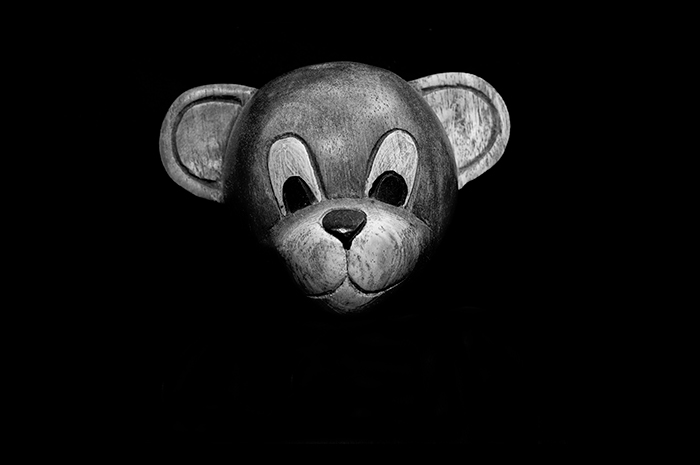
'Negative FaceSpace: Exploring The Uncanny Valley'. Original images and written content © Gary Hill 2023. All rights reserved. Not in public domain. If you wish to use my work for anything other than legal 'fair use' (i.e., non-profit educational or scholarly research or critique purposes) please contact me for permission first.

